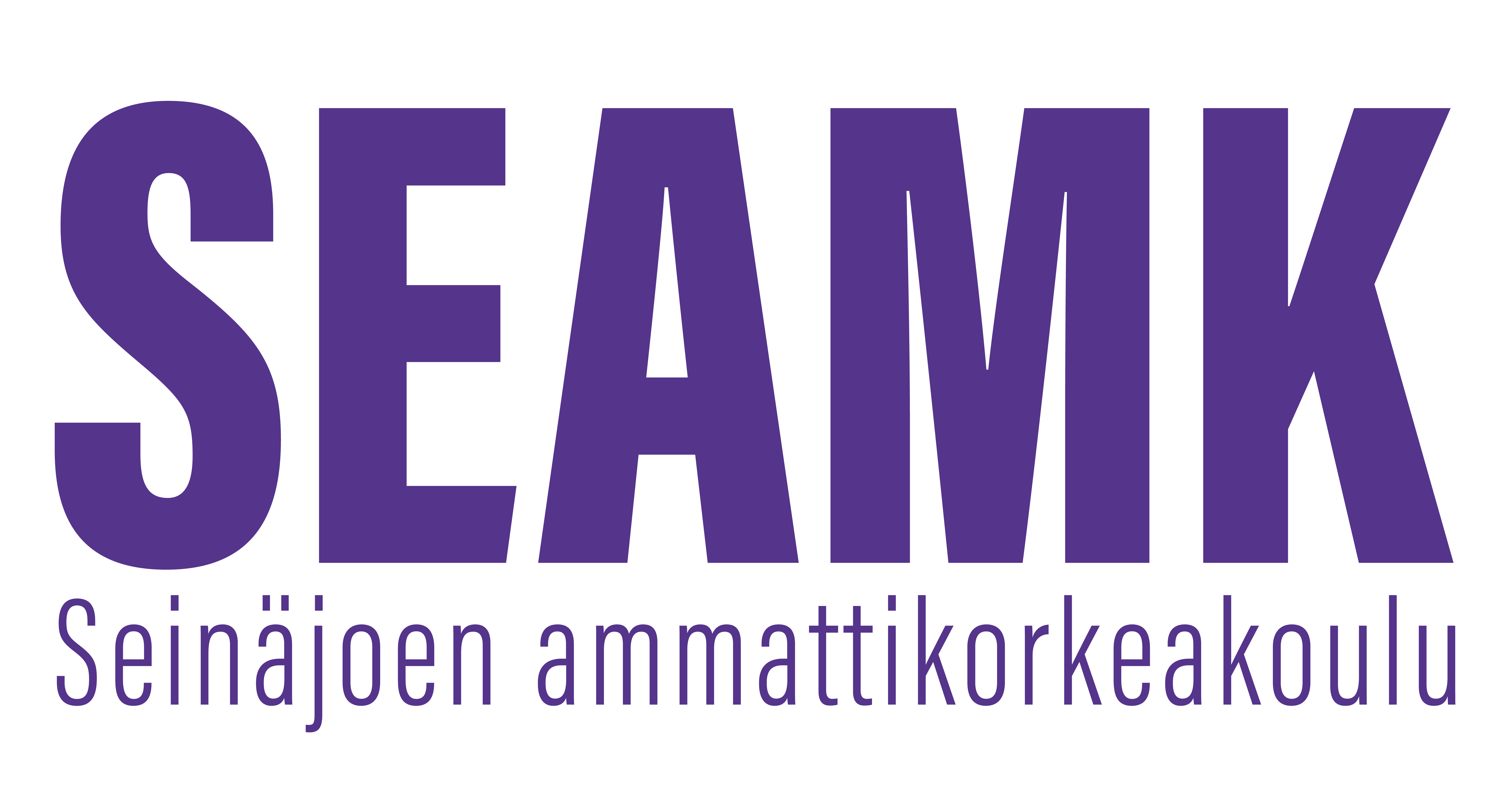Elintarvikkeet ja ravitsemus (7op)
Toteutuksen tunnus: CA00DA69-3007
Toteutuksen perustiedot
- Ilmoittautumisaika
- 22.04.2025 - 03.09.2025
- Ilmoittautuminen toteutukselle on päättynyt.
- Ajoitus
- 18.08.2025 - 26.04.2026
- Toteutus on käynnissä.
- Opintopistemäärä
- 7 op
- Lähiosuus
- 0 op
- Virtuaaliosuus
- 7 op
- Toteutustapa
- Etäopetus
- Yksikkö
- SeAMK Restonomi
- Toimipiste
- SeAMK Seinäjoki, Frami
- Opetuskielet
- suomi
- Paikat
- 0 - 40
- Koulutus
- Restonomi (AMK), Ravitsemispalvelut
Arviointiasteikko
1-5
Sisällön jaksotus
Periodi 1 / Johdanto ravitsemukseen, ravitsemussuositukset, erityisruokavaliot
Periodi 2 / Kemian perusteet, energiaravintoaineiden kemiaa ja ravitsemusta
Periodi 3 / Ravintoaineet jatkuu, Kemiaa keittiössä
Periodi 4 / Kemiaa keittiössä -seminaari
Tavoitteet
Elintarvikekemian näkökulmasta opiskelija ymmärtää aineiden kierron kokonaisuutta ja merkitystä elintarvikeketjussa sekä rehujen ja elintarvikkeiden kemiallisen koostumuksen merkityksen ketjun eri vaiheissa. Opiskelija ymmärtää ja osaa kuvata ravintoaineiden kemiallisia rakenteita, ominaisuuksia ja rektioita. Opiskelija osaa soveltaa kemian teoreettista tietoa ammatillisessa yhteydessä ja ymmärtää raaka-aineiden ja tuotteiden kemiallisen koostumuksen merkityksen laadun ja turvallisuuden kannalta. Opintojakson suoritettuaan opiskelija osaa nimetä (kirjallisuuden avulla) ja luokitella keskeisimpiä proteiineja, hiilihydraatteja ja rasvoja ja ymmärtää niiden perusrakenteen ja kemialliset ominaisuudet sekä esiintymisen ja merkityksen ruokaketjussa.
Ihmisen ravitsemuksen näkökulmasta opiskelija osaa nimetä ruoansulatukseen osallistuvat elimet ja vaiheet. Hänellä on valmiuksia laskea ravinnon saantia erilaisista aterioista. Opiskelija osaa arvioida elintarvikkeita ja ruokavalioita ravintoaineiden lähteinä. Opiskelija osaa tulkita ravitsemussuosituksia ruokapalveluiden, terveyden ja hyvinvoinnin kannalta. Hän osaa kuvailla suomalaisten ruoankäyttöä.
Opiskelija osaa soveltaen hyödyntää oppimaansa käytännössä (ihmisen ravitsemus, tuotetun ja käytettävän kasvi- tai eläinperäisen elintarvikeraaka-aineen laatu ja ominaisuudet) sekä osaa perehtyä aihepiiriin liittyvään kirjallisuuteen.
Sisältö
Elintarvikkeissa tyypillisesti esiintyvien aineiden kemialliset merkinnät ja aineiden kierto
Ravintoaineiden (proteiinit, hiilihydraatit, rasvat) kemiallinen koostumus ja käyttäytyminen elintarvikeketjussa
Aminohapot ja proteiinien muodostuminen, rasvahapot ja rasvat, hiilihydraatit (sokerit, tärkkelys, selluloosa)
Tärkeimpien kivennäis- ja hivenaineiden kemiaa
Veden kemiallisia ilmiöitä - pH ja happamuuden merkitys elintarvikeketjussa
Käsiteltäviin aihepiireihin liittyviä soveltavia kemian laskutehtäviä
Ruoansulatuskanavan anatomia ja toiminnan perusteet
Ravitsemussuositukset (yleiset ja eri väestöryhmien)
Suomalaisten ruoankäyttö ja ravintoaineiden saanti
Ravinnonsaannin laskentaohjelma Fineli
Elintarvikkeet ja erityisruokavaliot ravintoaineiden lähteinä
Kemiaa keittiössä
Aika ja paikka
AIKATAULUTETTU VERKKO-OPINTO
Aikataulutetun verkko-opetuksen aikataulut löytyvät lukujärjestyksestä osoitteesta https://lukkarikone.seamk.fi/. Lukujärjestyksiä on julkaistuna kuusi seuraavaa viikkoa. Syksyn 6 ensimmäistä viikkoa julkaistaan juhannukseen mennessä ja kevään 6 ensimmäistä viikkoa jouluun mennessä. Lukujärjestyksiin voi tulla muutoksia.
Oppimateriaalit
Parkkinen, K., & Rautavirta, K. (2020). Utelias kokki: Elintarviketietoa ja -kemiaa ruoanvalmistajalle. Restamark.
Suosittelemme kuulokkeita ja ryhmätyöskentelyyn webkameraa.
Opetusmenetelmät
Aikataulutettu verkko-opinto:
Opinto suoritetaan verkossa Moodle-oppimisympäristössä.
Opinto edellyttää aikataulutettuun etäopetukseen osallistumista verkossa.
Opetuskertoja ei tallenneta.
Opinto sisältää yhteisiä etätapaamisia ja ryhmätyöskentelyä verkossa.
Opinto sisältää myös itsenäistä työskentelyä verkossa.
Opiskelija perehtyy teoria-aineistoon, tekee verkkotehtävät / harjoitusprojektin /tentin/-t annettujen ohjeiden mukaisesti.
Opinto edellyttää itsenäistä työskentelyä ja aikataulun suunnittelua
Toteutuksen valinnaiset suoritustavat
Tämän toteutuksen voi suorittaa seuraavilla tavoilla. Suoritustavat kuvataan tarkemmin Moodle-oppimisympäristössä.
Tentit
Itsenäinen harjoitustehtävä (Ilmiöpaperi)
Ryhmätyö (Kemiaa keittiössä)
Oppimistehtävät
Seminaari
Osallistuminen etäluennoille, opiskelijan oppimisstrategiaa arvioidaan välitesteillä
Opiskelijan ajankäyttö ja kuormitus
Opinnon työmäärä on mitoitettu siten, että opinnon tavoitteena olevan osaamisen hankkimiseksi yksi opintopiste vastaa keskimäärin 27 tuntia opiskelijan tekemää työtä. Todellinen ajan tarve vaihtelee yksilöittäin mm. aiemman osaamisen takia.
Arviointikriteerit, tyydyttävä (1)
Opiskelija on suorittanut hyväksytysti annetut tehtävät/osiot. Opiskelija tuntee ja hallitsee tyydyttävässä määrin aiheeseen liittyvät peruskäsitteet ja menetelmät.
Arviointikriteerit, hyvä (3)
Opiskelija on suorittanut hyväksytysti annetut tehtävät/osiot ja osallistunut aktiivisesti opintojaksoon. Opiskelija tuntee aiheeseen liittyvät peruskäsitteet ja menetelmät sekä kykenee soveltamaan niitä tavanomaisten kysymysten ratkaisemisessa. Hän kykenee yhdistämään oppimansa aiempiin kokemuksiinsa aihepiiristä.
Arviointikriteerit, kiitettävä (5)
Opiskelija on suorittanut hyväksytysti annetut tehtävät/osiot ja osallistunut aktiivisesti opintojaksoon. Opiskelija tuntee aiheeseen liittyvät peruskäsitteet ja menetelmät sekä osaa soveltaa niitä tavanomaisten kysymysten ratkaisemisessa. Hän on osoittanut kykyä luoda aihepiirin puitteissa uusia merkityksiä ja ajatuksia aiemmin oppimaansa soveltaen.
